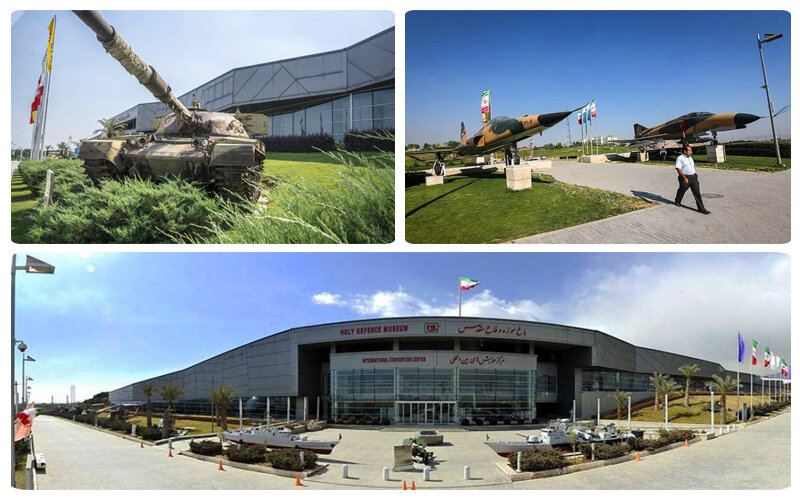Iran to open five new ‘sacred defense’ museums dedicated to 1980-88 Iran-Iraq War

TEHRAN – Iran plans to open five new museums dedicated to the 1980–1988 Iran-Iraq War, known domestically as the “sacred defense,” by late this year or by May 2026 at the latest, an official said on Saturday.
Brigadier General Bahman Kargar, head of the Foundation for the Preservation and Publication of Sacred Defense Works and Values, made the announcement at a meeting of senior officials from the Ministry of Cultural Heritage, Tourism and Handicrafts in Tehran.
With these openings, the total number of Sacred Defense museums across the country will rise from 29 to 34, Kargar explained.
He said the existing museums, which cover a total area of 44 hectares with more than 301,000 square meters of built space, serve as key sites for documenting and displaying the war’s history.
Elsewhere in his remarks, Kargar noted that 162 war-related sites or objects have so far been registered on Iran’s national list of cultural heritage. He added that regional museums in Qom, Yazd and Semnan have been recognized as national heritage sites, while museums in Hamedan and Zanjan have received licenses to operate.
The foundation is also tasked with collecting and archiving material from the recent 12-day conflict in the region, Kargar said. He added that a day-by-day chronology of the fighting is being compiled in coordination with the armed forces.
“Museums are not only guardians of history but also cultural hubs that foster education and intergenerational dialogue,” Kargar told the gathering.
He further emphasized that preserving accurate accounts of the war period is essential to prevent historical distortion and to safeguard national identity.
The Foundation for the Preservation and Publication of Sacred Defense Works and Values, affiliated with the Islamic Republic of Iran, aims to safeguard war relics, promote the culture of resistance, and support activities such as war-related museum development, memorial ceremonies, and cultural festivals rooted in the Iran–Iraq War.
AM
Leave a Comment